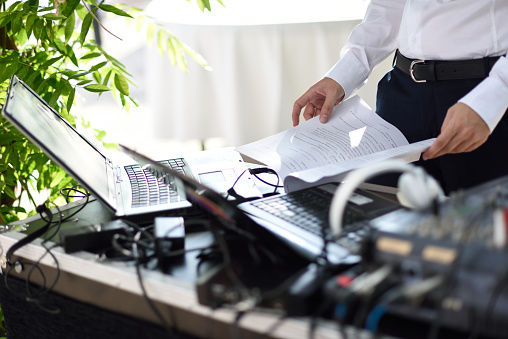Warning: These 11 Mistakes Will Destroy Your Hair Transplant
When it comes to hair transplants, there are a few things you want to avoid if you want your procedure to be successful. Click here for more information.

Here are 11 mistakes that can destroy your hair transplant – and your results!
1. Not Doing Your Research
One of the biggest mistakes you can make when getting a hair transplant is not doing your research. Before you undergo any kind of cosmetic procedure, it’s important to do your research and make sure you’re aware of the potential risks. Hair transplants are no different. Be sure to consult with a board-certified dermatologist or plastic surgeon to get the most accurate information.
2. Not Consulting With A Board-Certified Surgeon
When it comes to your hair, you want to make sure that you are in good hands. This means consulting with a board-certified surgeon who has experience performing hair transplants. Do not entrust your hair to just anyone.
3. Not Getting A Second Opinion
Just because you consult with a board-certified surgeon does not mean that you should not get a second opinion. It is always beneficial to get multiple opinions before undergoing any type of surgery.
4. Not Researching The Procedure
Before undergoing a hair transplant, you must research the procedure. This way, you will know what to expect and can be prepared for the surgery.
5. Not Asking About The Risks
All surgeries come with risks, so you must ask your surgeon about the risks involved with a hair transplant. This way, you can make an informed decision about whether or not the procedure is right for you.
6. Not Considering Non-Surgical Options
There are non-surgical options available for those who are not candidates for surgery or do not want to undergo surgery. These options should be considered before undergoing a hair transplant.
7. Not Following Pre- And Post-Operative Instructions
You must follow all pre-and post-operative instructions given to you by your surgeon. These instructions are in place for a reason and should not be ignored.
It’s also important to follow all of your surgeon’s post-operative instructions. This includes things like not smoking, not drinking alcohol, and not exposing your head to the sun.
8. Not Being Realistic About Results
It is important to be realistic about the results of your hair transplant. The results will not be immediate, and it may take several months to see the full results.
It’s important to remember that while a hair transplant can give you back a full head of hair, it won’t necessarily look exactly like your old hair.
9. Not Taking Care Of Your Transplanted Hair
Another mistake is not taking care of your transplanted hair. Just like your natural hair, you need to shampoo and condition your transplanted hair regularly. You should also avoid using harsh chemicals or styling products that can damage your hair.
10. Not Maintaining A Healthy Lifestyle
After a hair transplant, it is important to maintain a healthy lifestyle. This includes eating a healthy diet, exercising regularly, and avoiding smoking and excessive alcohol consumption.
11. Not Being Prepared For The Cost
Finally, another mistake is not being prepared for the cost. Hair transplants can be expensive, so make sure you have the financial resources in place before you undergo the procedure.
If you are considering a hair transplant, be sure to consult with a board-certified surgeon and get multiple opinions. Additionally, research the procedure and ask about the risks involved. Finally, be realistic about the results and maintain a healthy lifestyle after the surgery.
By avoiding these mistakes, you can help ensure that your hair transplant is successful and that you’re happy with your results.






